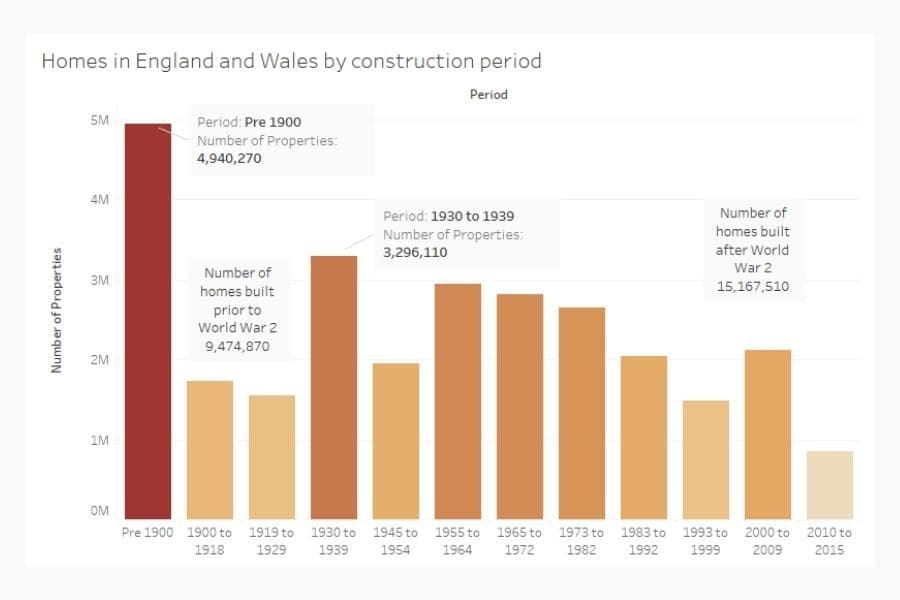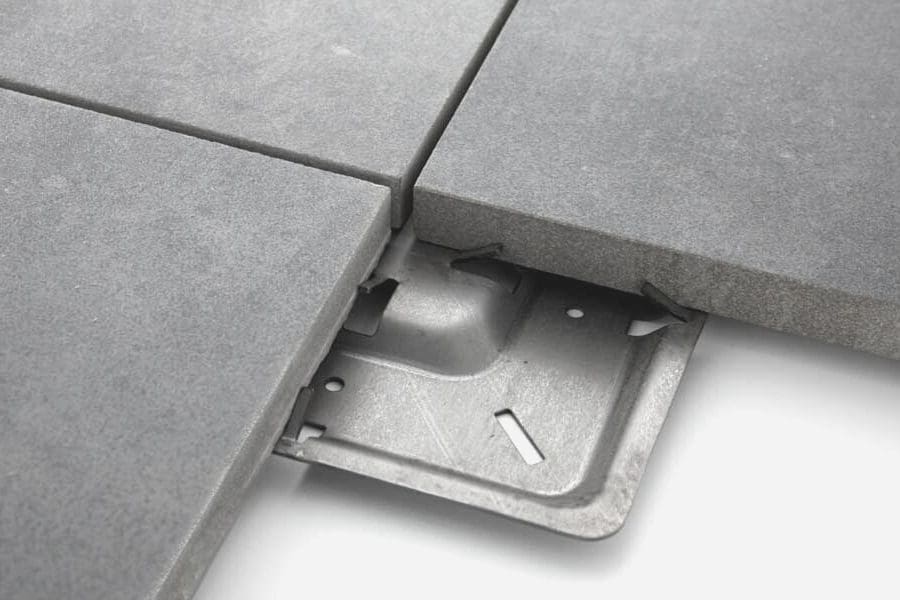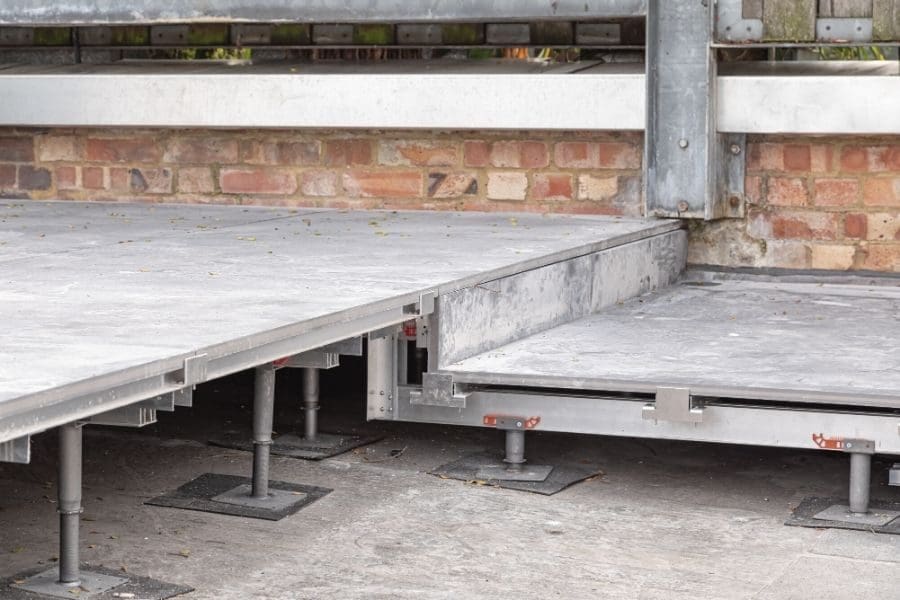It may come as a surprise to many, to know that there are an estimated 500,000 buildings in the UK that are listed as having some sort of historical significance.
Though this number is estimated to be vastly greater due to old estates and their outbuildings, this is still a significant number of buildings that are required to comply with the rules and regulations in place for a ‘listed’ property. We may have gotten a little ahead of ourselves here. Let us go back to the beginning.
What is a Listed Building?
Listed buildings are classified into three grades: Grade I, Grade II* and Grade II. In Scotland, buildings are similarly split into Category A, Category B and Category C. In the traditional sense, listed buildings are of historical, architectural, and structural importance.
According to British Listed Buildings, Grade I buildings are held in the highest regard and are of exceptional interest. This category is the smallest, with only 2.5% of listed buildings making it in. Grade I buildings include those that are of international significance as well, such as Buckingham Palace. Category A buildings in Scotland are similarly defined and include Dunrobin Castle on the North Coast of Scotland (pictured).



Again, only making up a small percentage of listed buildings, Grade II* buildings are considered of particular importance. This includes public buildings that are of historical value to England and Wales and applies to the Coliseum Theatre in London, for example. In Scotland, Category B buildings are defined as being of special or historic interest. They include the grand Balmoral Hotel on Edinburgh’s Princes Street (pictured).
Making up 92% of all listed buildings is the Grade II category. Most of these buildings are private residences, therefore this is the category that most likely affects the general population.
Though slightly out of date, this graph from Historic Doors shows the build period of homes in England and Wales.
Again, Category C buildings in Scotland are similar, in that they take up the bulk of listed building status and are typically of local importance but are not necessarily historically significant. They are most often private residences.
What Property Does a Listing Cover?
A listing covers the entire building, including the interior, unless parts of it are specifically excluded in the list description.
It may also cover:
- Other attached structures and fixtures
- Later extensions or additions
- Pre-1948 buildings on land attached to the building.

How Do I Go About Renovating A Listed Building?
We know there are many listed buildings in the UK, but how straightforward is it to make changes to one when it’s your property?
While a listing does not prohibit an owner from making changes to the building, it does limit the choices they have. If an owner of a building wants to make changes to the external appearance, structure, or historical design of the building then permission is required from local historical planning authorities/committees. It is important to note, that local planning authorities will consider not only the listing status, but the function and condition of the building when an application is put forward.
Of course, there are changes that you can make to your home without needing a permit or creating a permanent fixture. For instance, when wanting to update your patio or terrace there is the option to install a decking system that can be placed over the existing cover without requiring major renovations.


Where Does Ryno Come into The Picture?
Our products here at Ryno are designed to make these sorts of renovations just that little bit easier.
Building regulations often apply to courtyard and terrace areas, but this doesn’t mean a beautiful space can’t be achieved.
With all Ryno paving and decking systems, you can update and renovate your courtyard or terrace without the need for a lengthy approval, because systems can be laid on existing paving meaning no permanent change or damage is made to the property.
Whether you choose the TerraSmart® Pedestal or the TerraSmart® Rail, you can be assured that you are choosing a product that is high quality, long-lasting and low maintenance.
Complying with listed building regulations is respecting our country’s architectural heritage. We know how important it is to retain the character of a space, having worked alongside architects to install new paving and decking on grand country estates and ancient castles up and down the country.





